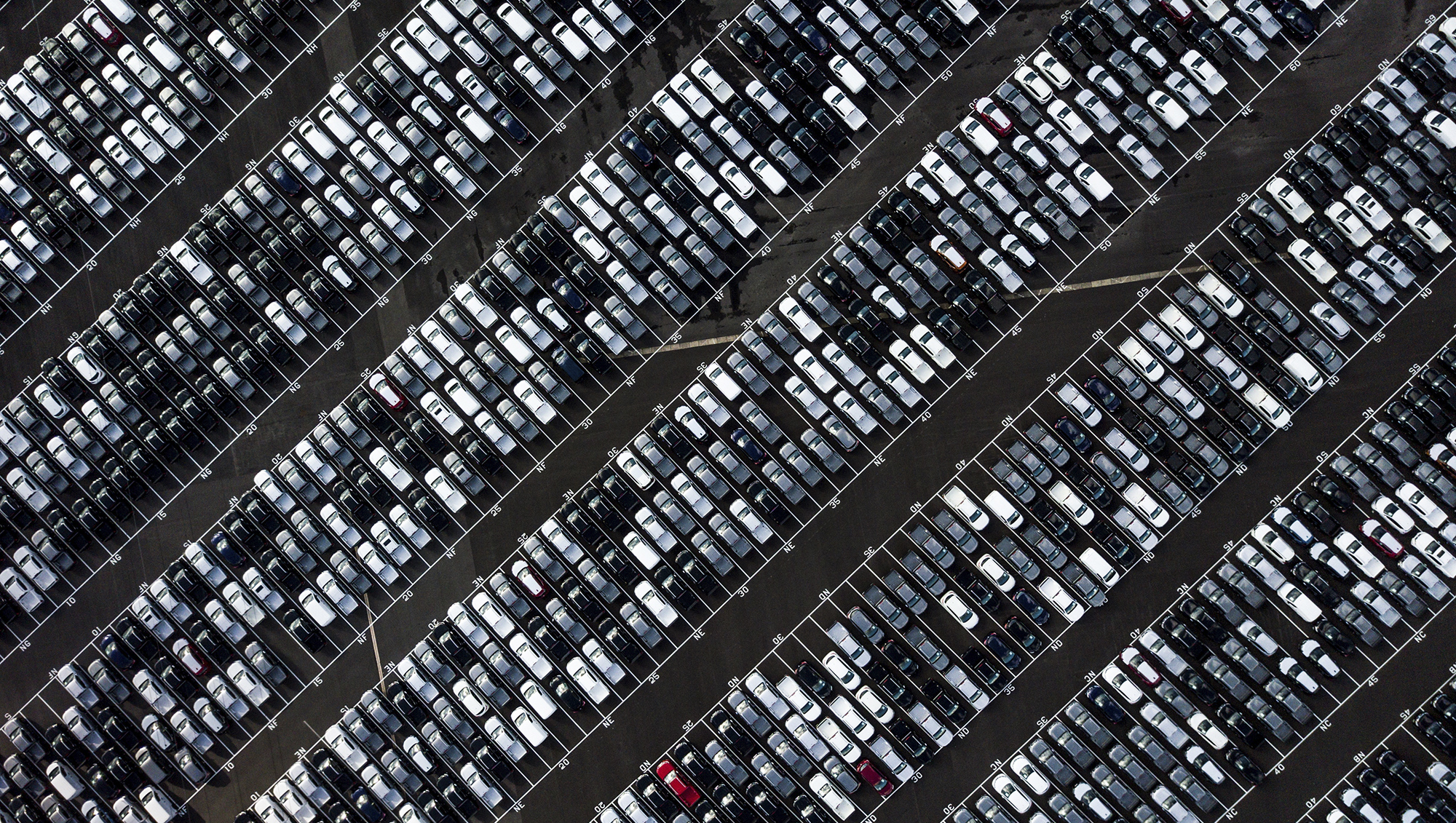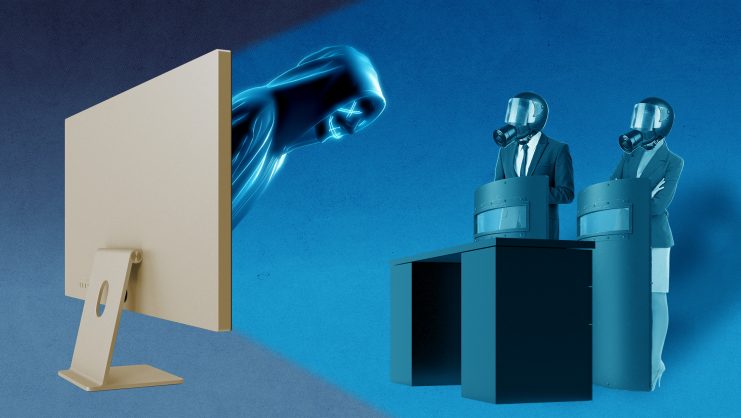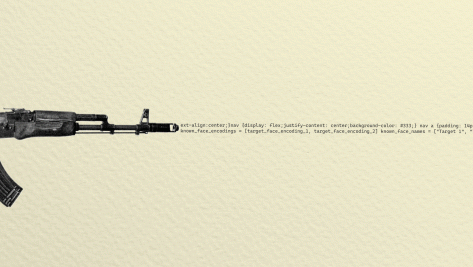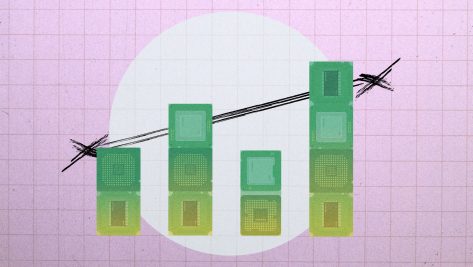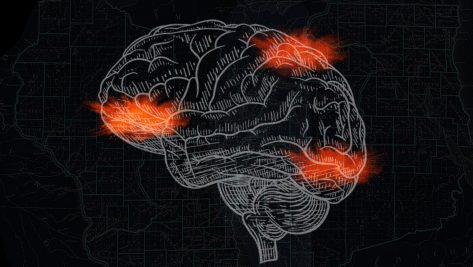The transportation industry and infrastructure development have long been economic powerhouses. For the past century, transporting people and goods has been vital to any activity, while contributing enormously to a country’s wealth. Investing in infrastructure has always had a multiplier effect on employment and an impact on the economic growth of any nation or region. Now, the technological revolution poses a series of challenges to governments and companies as far as the sustainability of transportation and their networks.
Protecting the environment has become a key item in national agendas around the world, and one of the critical elements of this challenge happens to be the transport sector.
Technologies at odds with sustainability and efficiency
Considering how much industries benefit from new technologies, future plans will revolve around adapting mobility networks to the next generation of vehicles on the market. Road infrastructures need to be prepared to accommodate self-driving cars in the medium to long term. Like any disruption, every innovation goes through different stages until its definitive breakthrough. In this respect, the first of these stages for the mobility industry is assisted driving. Pretty soon, roads will need to be equipped with new services that interact with vehicles and provide that big technological leap.
In the rail industry, technological development is looked at through the lens of safety and user experience. Thanks to advances in this area, trains can now move at higher speeds along certain stretches with a greater degree of safety. Other positive aspects include things like predictive maintenance. Solutions born out of the Internet of things (IoT) are translating into efficiencies and major improvements in the reliability of the network. These new features automatically enhance the travel experience for users.
In air travel, technology allows for progress in terms of traffic congestion and airport security. In this realm, the tools are in an advanced stage of implementation, so it is unlikely we will see any major changes in the short term.
Solutions born out of the Internet of things (IoT) are translating into efficiencies and major improvements in the reliability of the network. These new features automatically enhance the travel experience for users.
Urban mobility
Within cities, we can expect to see substantial changes in the near future with the emergence of electric vehicles. In parallel with that development, traffic control centers will leverage new digital solutions to have real-time knowledge of any issues occurring in urban mobility. Big data and the IoT will provide vast knowledge. The degree of implementation of these technologies will depend on the competitive capacity of the organizations operating in this industry.
Even so, we are already seeing important changes coming from business innovations in transportation. The technology inside today’s vehicles is far beyond what we saw in cars 20 years ago. Likewise, train materials are increasingly innovative, with many companies thriving in this line of business.
The innovation gap lies in the transformation of other industries that are dependent on transportation. Such is the case of construction, where innovation has not kept up with that of the transportation industry. Due to demands and efficiencies, methods, policies and structures remain very traditional in the field of construction.
Having a vision also means knowing how to act in times of uncertainty such as the present, in terms of the key technologies in the transportation industry and the macroeconomic and cultural consequences that may arise.
Cities diversify businesses: the leader’s vision
Urban mobility has become a strategic objective for many companies. It is expected to give rise to new ancillary activities and, therefore, diversification will be the name of the game. Experts from the rail industry are already adding other branches of business to their portfolio, such as the design of electric buses. This is just one of the many opportunities emerging globally with the rise of electric mobility.
Taking advantage of these options afforded by the market will depend heavily on the vision of the leaders at the helm of the organizations involved. It will require executives with new capabilities—not the same old skills—so that their full breadth of knowledge may be used for serving the company’s needs. This calls for a very tech-oriented profile, since technology is the critical element for business growth.
Further, having a vision also means knowing how to act in times of uncertainty such as the present, in terms of the key technologies in the transportation industry and the macroeconomic and cultural consequences that may arise. Will the future be about cities filled with charging stations for electric vehicles, or cars with replaceable batteries? Do we need to be aware of geopolitics? What should the strategy be aimed at? These and other unanswered questions will require leaders to exhibit flexibility and adaptability.
© IE Insights.



